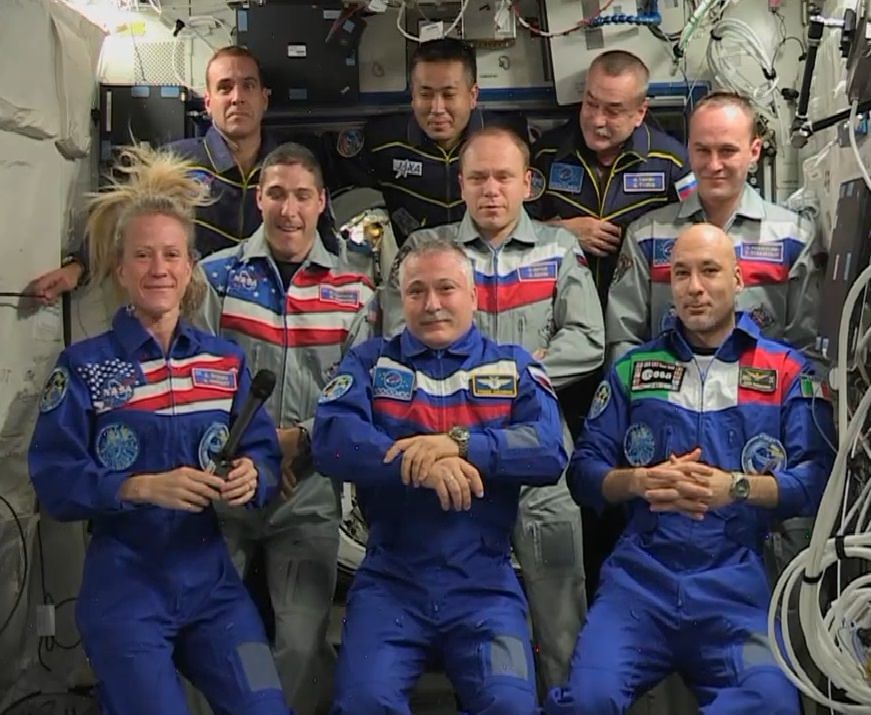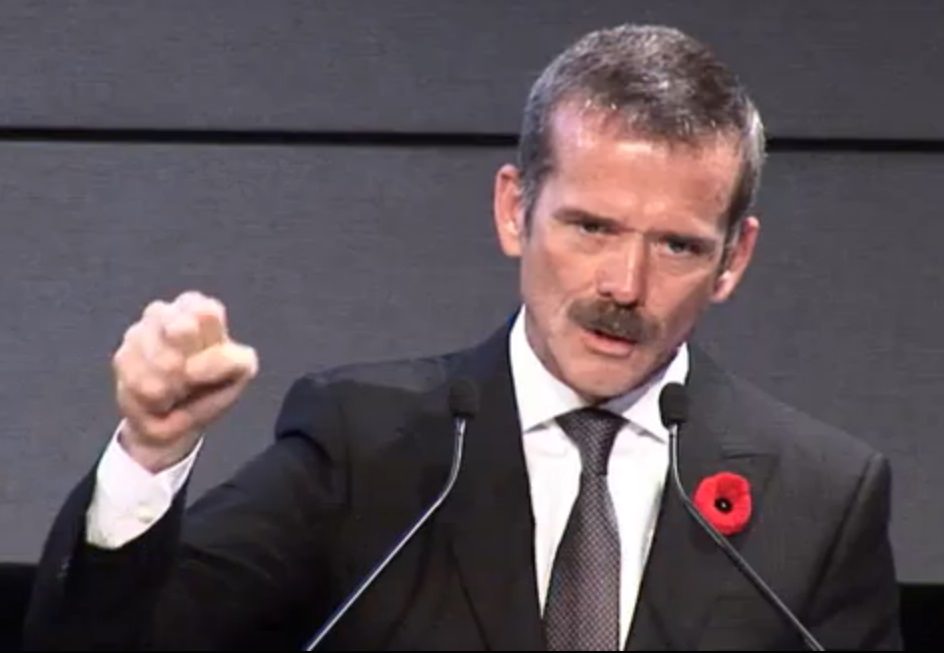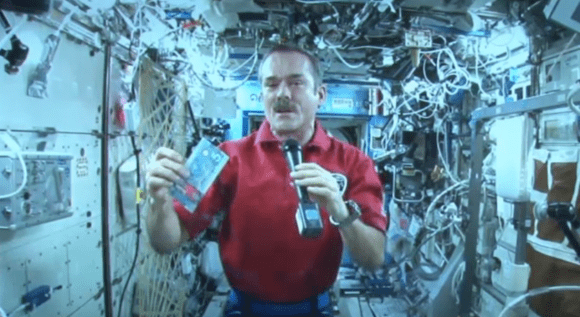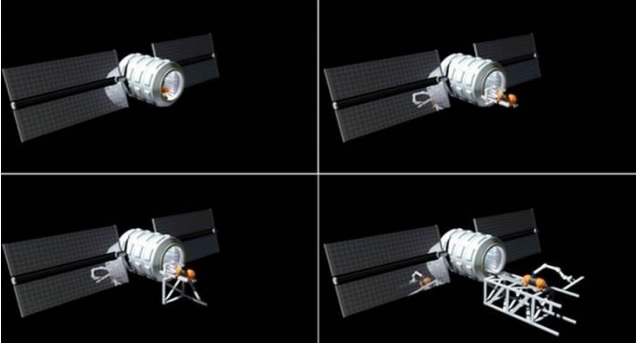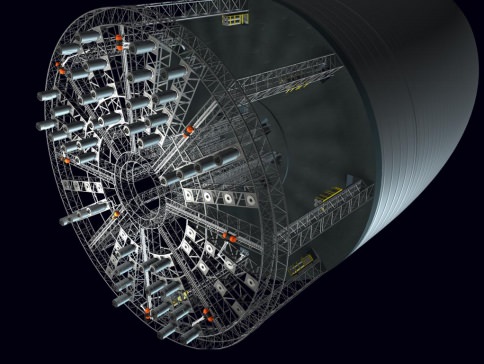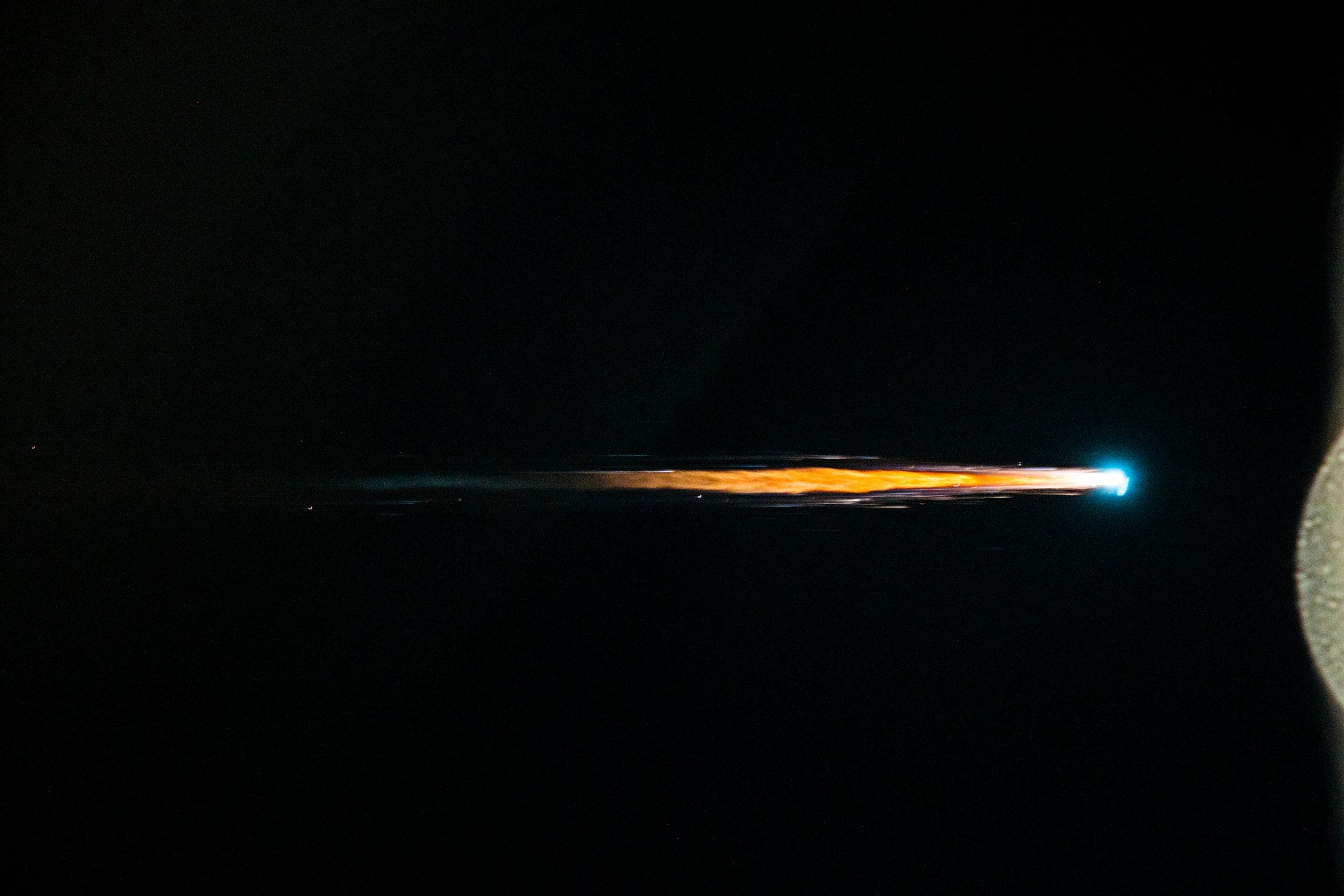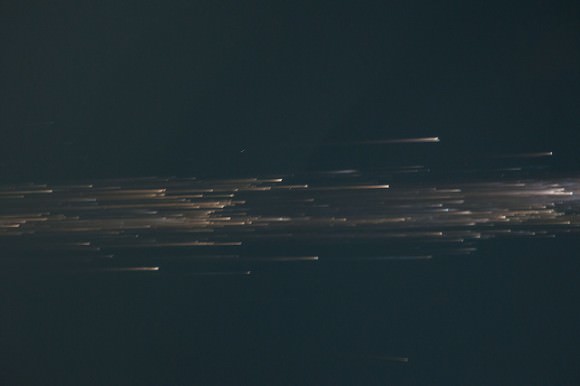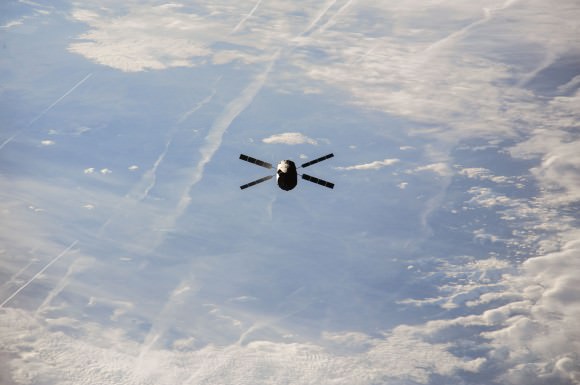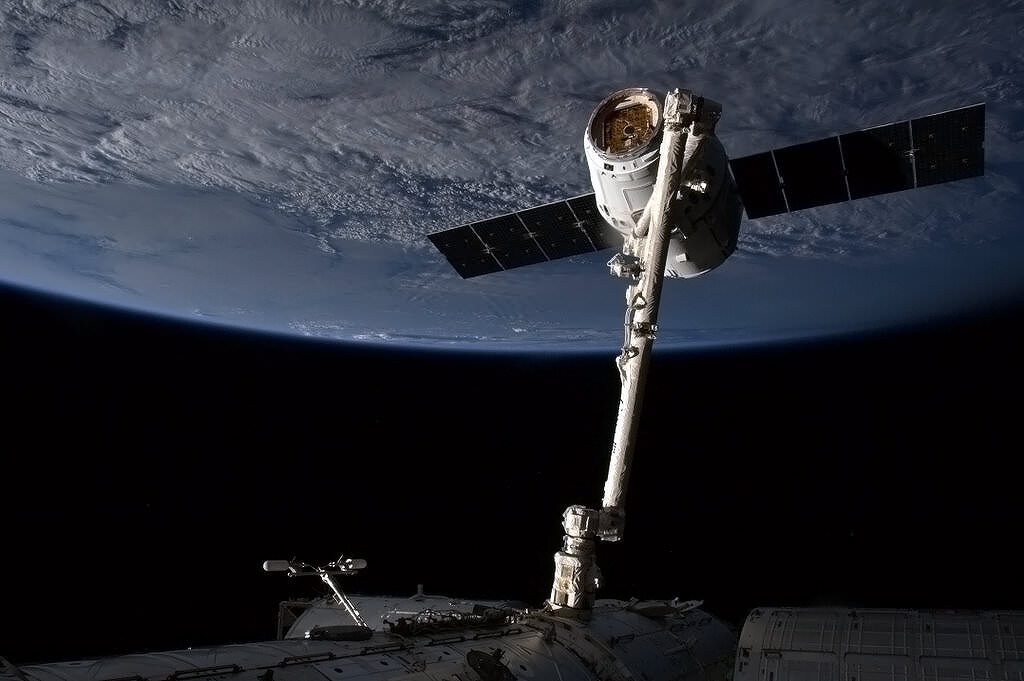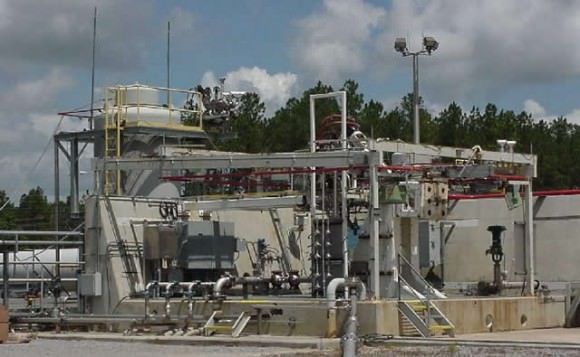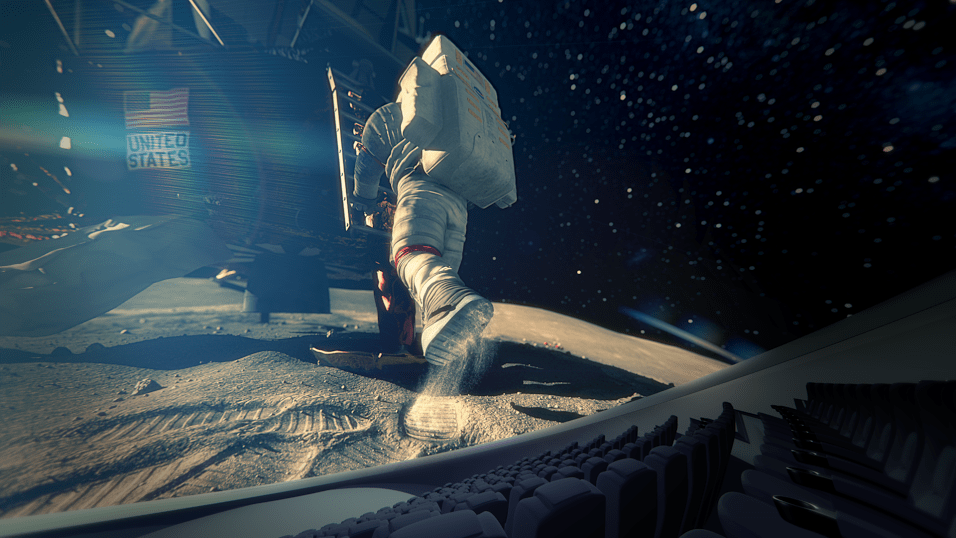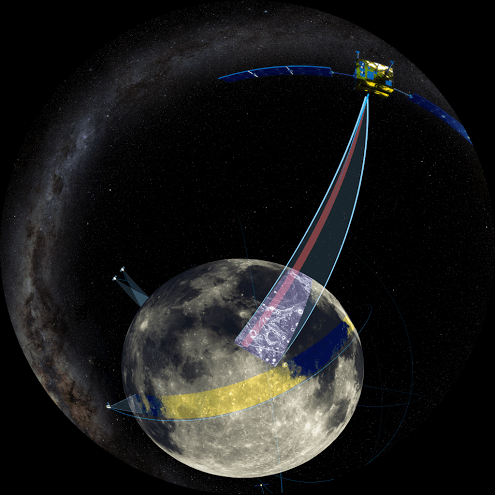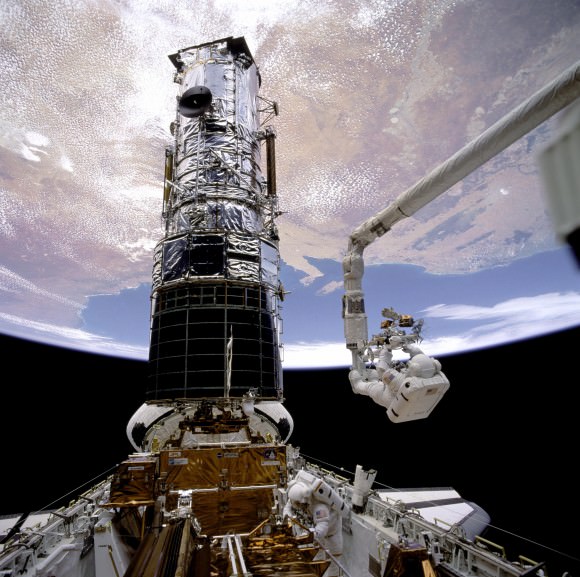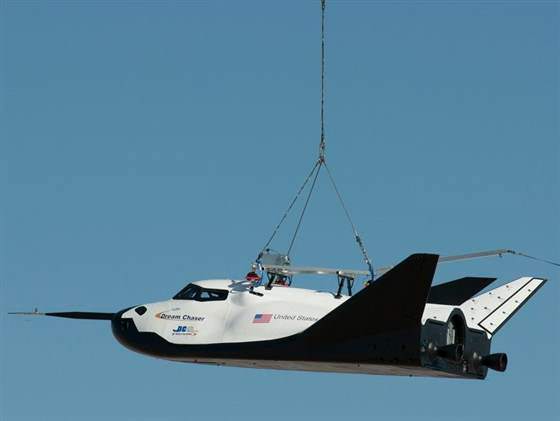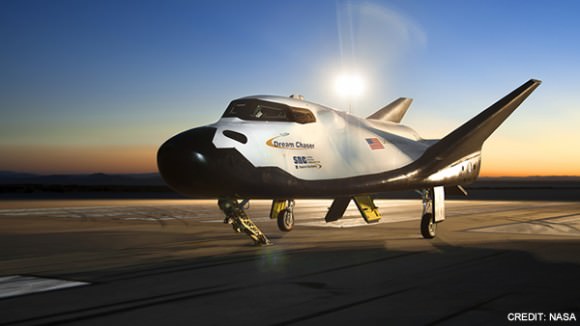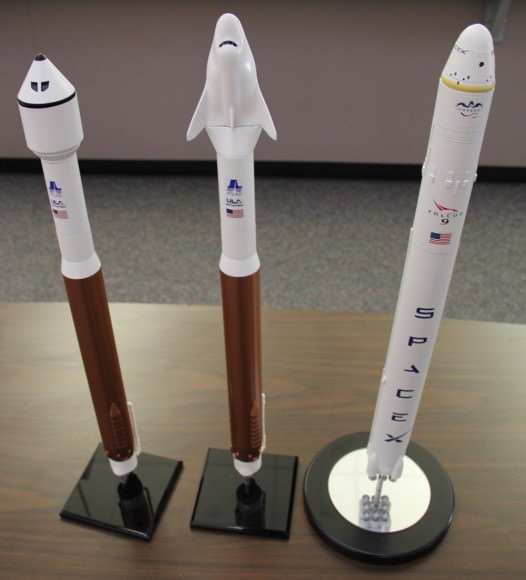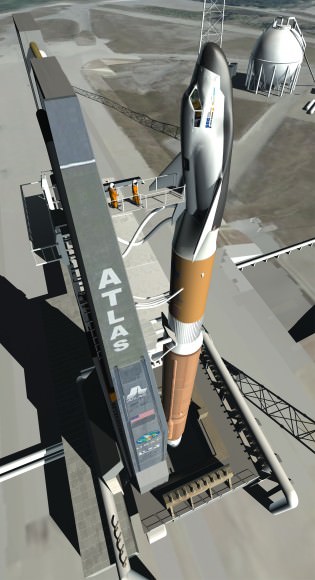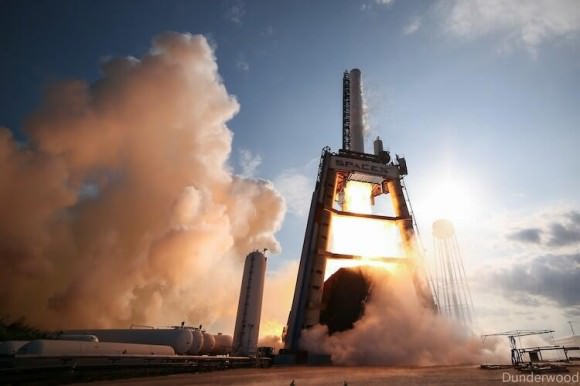Things are a little more crowded than usual in the International Space Station. For a few days, nine astronauts and cosmonauts are floating in the cramped quarters of the orbiting complex. Typical crew sizes range between three and six. How did the astronauts find room to work and sleep?
“One of the things we had to do was make space for them,” said European Space Agency astronaut Luca Parmitano in a rare press conference today (Nov. 8) from orbit, which included participation from Universe Today. He then explained a procedure where the astronauts swapped a Soyuz crew spacecraft from one Russian docking port to another a few days before Expedition 38/39’s crew arrived on board on Thursday. This cleared the way for three more people to arrive.
“We [also] had to adjust for emergency procedures. All of our procedures are trained and worked for a group of six. We had to work on a way to respond if something happened.” As for sleeping, it was decided the six people already on board, “as seniority, would stay in the crew quarters.” The newer astronauts have temporary sleeping arrangements in other modules until the ranks thin out a bit on Sunday.
So this works for a short while, but what about the long-term? Could the station handle having nine people there for weeks at a time, rather than six, and would there be enough science work to go around?
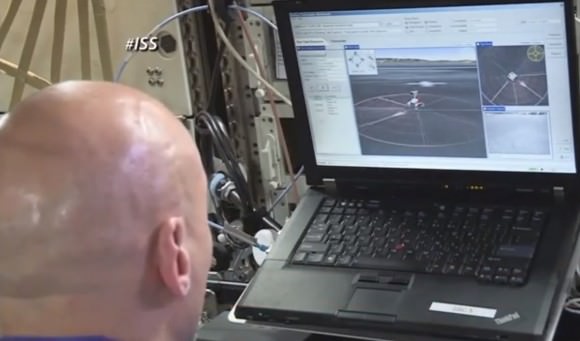
“I think, absolutely, moving to nine people is doable and in terms of the science would be fantastic,” NASA astronaut Karen Nyberg said. The station partners had experience with increasing crews before, she added, as for several years a regular space station rotation was only three astronauts during construction. Bumping up to the current maximum of six was a “big jump.”
“One of the things to be concerned about our environmental control system, our CO2 [carbon dioxide scrubbing] system … and also the consumables and the supplies we need,” she added. “Making up the science for us to do would be very doable. I think the hard part would be getting the systems to accommodate nine people.”
Parmitano, Nyberg and Russian cosmonaut Fyodor Yurchikhin plan to return to Earth Sunday, but a busy weekend lies ahead. On Saturday, Roscosmos (Russian Federal Space Agency) flight engineers Oleg Kotov and Sergey Ryazanskiy of the Russian Federal Space Agency will start a spacewalk around 9:30 a.m. EST (2:30 p.m. UTC) if all goes to plan.
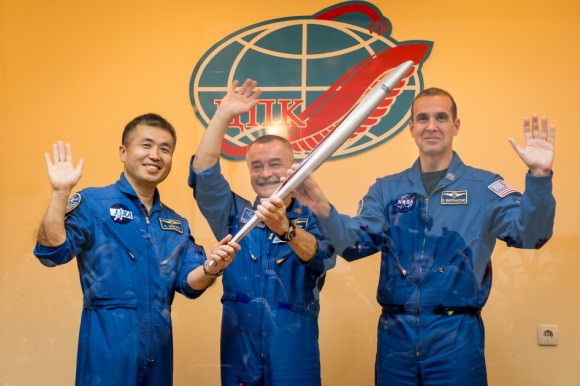
As part of the Olympic torch relay ahead of the Sochi games in 2014, they will briefly bring the Olympic torch outside with them, unlit, before doing some outside maintenance.
“After the photo opportunity, Kotov and Ryazanskiy will prepare a pointing platform on the hull of the station’s Zvezda service module for the installation of a high resolution camera system in December, relocate … a foot restraint for use on future spacewalks and deactivate an experiment package,” NASA stated in a Thursday press release.
Several journalists were unable to ask questions during the NASA portion of the press conference, which included participation from countries covered by NASA, the European Space Agency, the Japanese Aerospace Exploration Agency and Roscosmos (the Russian Federal Space Agency).
“We had a failure in a crucial component in the phone bridge,” NASA spokesman Kelly Humphries told Universe Today following the media event. They don’t know what component failed, but most of the journalists were unable to hear the moderator or the astronauts.
“A piece of equipment picked the wrong time to fail,” Humphries said
NASA will do a thorough investigation before holding another event like this to make sure it works for everyone.
Here’s a replay of the news conference:

